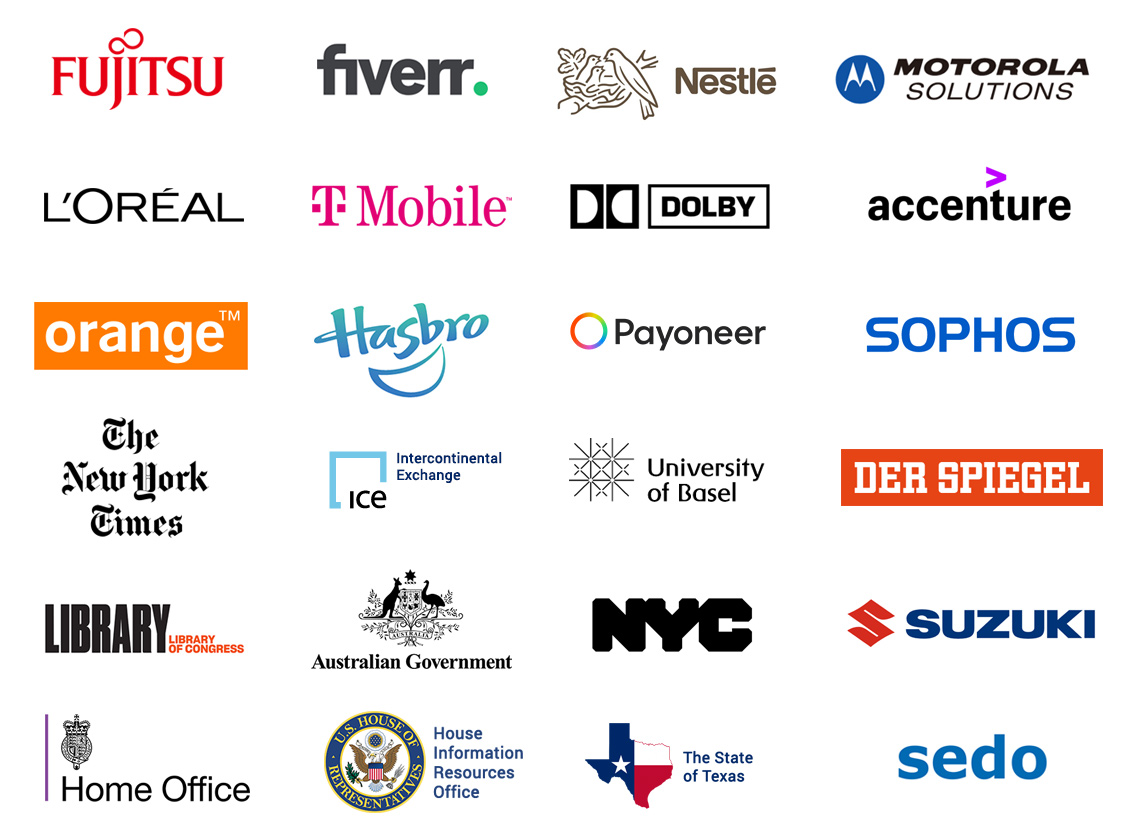TLDR: You can safely access and view suspicious PDFs via browserling.com/browse – a PDF sandbox that I and my team created. It provides an isolated, secure environment, ensuring the PDF file is opened externally from your network, thereby shielding you from potential cyber threats.
Why Are PDFs Unsafe?
PDFs can be unsafe due to their ability to contain various types of potentially harmful content, such as embedded JavaScript, which can be exploited for malicious purposes like executing unauthorized code or conducting phishing attacks. Additionally, PDFs can contain vulnerabilities like buffer overflows and insecure parsing in reader software, making them a vector for cyberattacks. These risks necessitate robust security measures, including the use of updated PDF readers and sandbox environments, to mitigate potential threats posed by this popular document format.
What Makes a PDF Suspicious?
A suspicious PDF often displays red flags such as unexpected or unsolicited origins, embedded hyperlinks that appear dubious or misaligned with the document's content, and requests to enable macros or external links. From a cybersecurity standpoint, such PDFs may contain malware, phishing attempts, or exploit vulnerabilities within the PDF reader software. Key indicators include unusual file sizes, unrecognized sender addresses, and content that prompts for personal or sensitive information, all of which are signs that necessitate cautious handling.
What Are the Top 5 PDF Vulnerabilities?
The top five PDF document vulnerabilities encompass JavaScript exploits, buffer overflows, insecure PDF reader programs, malformed PDF structures, and phishing attacks via PDFs. Let's take a closer look at each of these vulnerabilities.
1. JavaScript Exploits
This vulnerability occurs when embedded JavaScript within a PDF is manipulated to execute malicious actions, potentially leading to unauthorized access or data exfiltration. Such exploits can bypass security measures, making them a preferred tool for cyber attackers.
2. Buffer Overflows
This common vulnerability arises when a PDF file overloads the reader's buffer memory, leading to potential system crashes or allowing attackers to execute arbitrary code. Buffer overflows are critical threats due to their ability to compromise system integrity.
3. Insecure PDF Readers
Vulnerabilities in PDF reader software itself, such as outdated versions or unpatched security flaws, can be exploited by attackers to gain unauthorized access or manipulate contents. Ensuring regular updates and using secure, reputable PDF readers are essential for mitigation.
4. Malformed PDF Structures
Crafted to exploit parser vulnerabilities, malformed PDFs can crash readers or execute hidden scripts, leading to data corruption or unauthorized system access. These vulnerabilities exploit structural weaknesses in the PDF format.
5. Phishing Attacks via PDFs
Phishing attacks use PDFs to trick users into divulging sensitive information. These documents often appear legitimate but contain deceptive links or requests for confidential data, capitalizing on user trust and the ubiquity of PDFs in business communications.
What Is a PDF Sandbox?
A PDF sandbox is an isolated virtual environment that's designed to securely open and analyze PDF files without risking the main system. It acts as a containment area where potentially harmful code within a PDF can execute without affecting the host system, thus allowing for safe inspection and interaction with suspicious documents. Services like Browserling offer such sandboxing capabilities, providing a controlled space where potentially malicious code within PDFs can be executed without compromising the user's system security.
What Is Browserling?
Browserling is a specialized PDF sandbox service, designed to address cybersecurity concerns by enabling users to securely open PDF files across a range of browsers, PDF reader programs, and operating systems. This service provides an essential layer of security, allowing for the safe inspection and interaction with PDFs. By creating a controlled, isolated environment, Browserling plays a pivotal role in protecting systems from potential threats embedded in PDF documents, making it an invaluable tool for cybersecurity professionals.
Who Uses Browserling?
Browserling has now become the PDF sandbox platform of choice for security professionals and it's used by hundreds of thousands of users around the world every month. Browserling's customers include governments, states, cities, banks, stock exchanges, universities, newspapers, Fortune 100, Fortune 500 companies, and private multi-billion dollar companies.

Browse safe!
